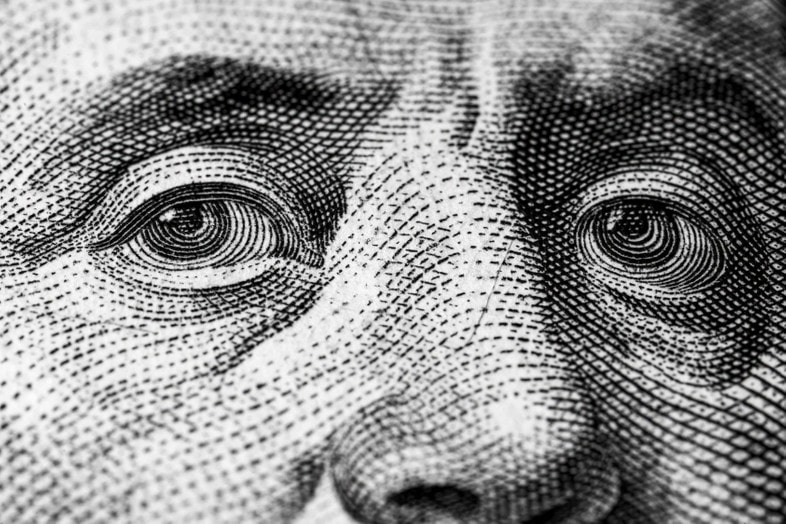How long can the US delay defaulting on its debt?
by Omor Ibne Ehsan · · 2 minute read

The US debt limit has been raised, suspended or otherwise delayed 78 times since 1960: 29 times under Democratic administrations and 49 times under Republicans. In 2019, the Trump administration suspended this limit for two years until August 1, 2021.
Yet the US Treasury Secretary Janet Yellen announced the government would take "extraordinary measures" from August, but that those would no longer be sufficient to pay Washington's bills beyond October 18th.
The Biden administration also avoided a shutdown by mere hours due to a vote to keep government funds running until December 3rd. Although the US government remained open, how long can they go without having serious problems in the future?
The Senate did take on a bill passed by the House to raise the debt ceiling. However, this bill was blocked by Senate Republicans. The government can still raise the debt ceiling through budget reconciliation. However, this means the US might default on its debt. The United States has never defaulted on its financial obligations.
If the US does default on its debt, not only would this mean a credit downgrade for the treasury, the US would also risk higher interest rates and a recession.
The US is the world's largest economy. The US dollar is the lingua franca for global trade. If the US economy went into a recession or failed to pay off its debt, it would likely destabilize the entire world economy.
The US currently sits on more than 28 Trillion dollars worth of debt. Despite printing more than 40% of the dollars ever printed in the last few years alone, the US debt has only kept growing. The US is only getting narrowly close to avoiding a debt default every time it raises the debt ceiling.
However, this means that the confidence in the USD as a world reserve might also keep declining. As the US debt rises exponentially, the debt ceiling will have to be raised more and more often, not only does this mean more volatility and uncertainty for the US economy, but due to the size of the US economy, this will likely have ripple effects on the rest of the world economy.
As more and more dollars have to be printed in order to afford generous government handouts, inflation may also be a significant issue for the US in the future. The US reached a 13 year high in July when inflation crossed 5.4%. Not only does this decrease the value of the US dollar, but this also makes the US dollar more unstable.
The Treasury still has to pay Social Security beneficiaries, Medicare, contractors and other financial obligations. The federal spending would also have to be cut if the US fails to meet these demands. Lower spending also means a slower growing US economy.
Despite the pandemic being less serious due to vaccines, the US still faces greater and greater uncertainty. No one really knows when the US might default on its debt. Unless the current US government manages to keep raising its debt ceiling every time despite the opposition blocking such attempts, a financial disaster might be underway with no clear solution.
